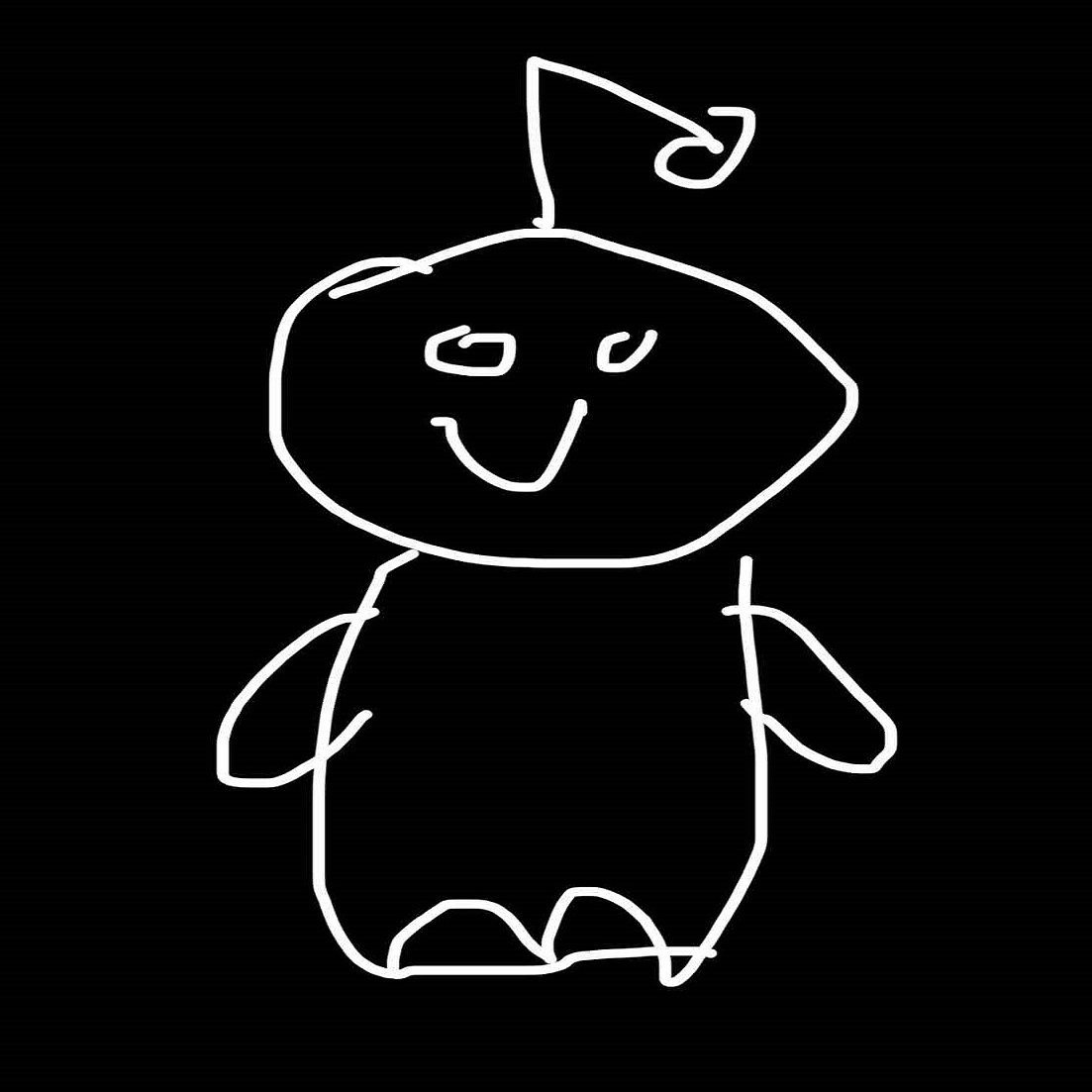The Walkman and other tape players were so much superior to CD players for portability and convenience. Batteries lasted a lot longer for portable tape players than for CD players. Tapes could be remixed easily so you could bring a specific playlist (or 2 or 3) with you. Tapes were much more resilient than CDs. The superior audio quality of CDs didn’t matter as much when you were using 1980’s era headphones. Or, even if you were using a boombox, the spinning of a disc was still susceptible to bumps or movement causing skips, and the higher speed motor and more complex audio processing drained batteries much faster. And back then, rechargeable batteries weren’t really a thing, so people were just burning through regular single use alkaline batteries.
It wasn’t until the 90’s that decent skip protection, a few generations of miniaturization and improved battery life, and improved headphones made portable CDs competitive with portable tapes.
At the same time, cars started to get CD players, but a typical person doesn’t buy a new car every year, so it took a few years for the overall number of cars to start having a decent number of CD players.







Not just to save cost. It’s basically OS-agnostic from the user’s point of view. The web app works fine in desktop Linux, MacOS, or Windows. In other words, when I’m on Linux I can have a solid user experience on apps that were designed by people who have never thought about Linux in their life.
Meanwhile, porting native programs between OSes often means someone’s gotta maintain the libraries that call the right desktop/windowing APIs and behavior between each version of Windows, MacOS, and the windowing systems of Linux, not all of which always work in expected or consistent ways.